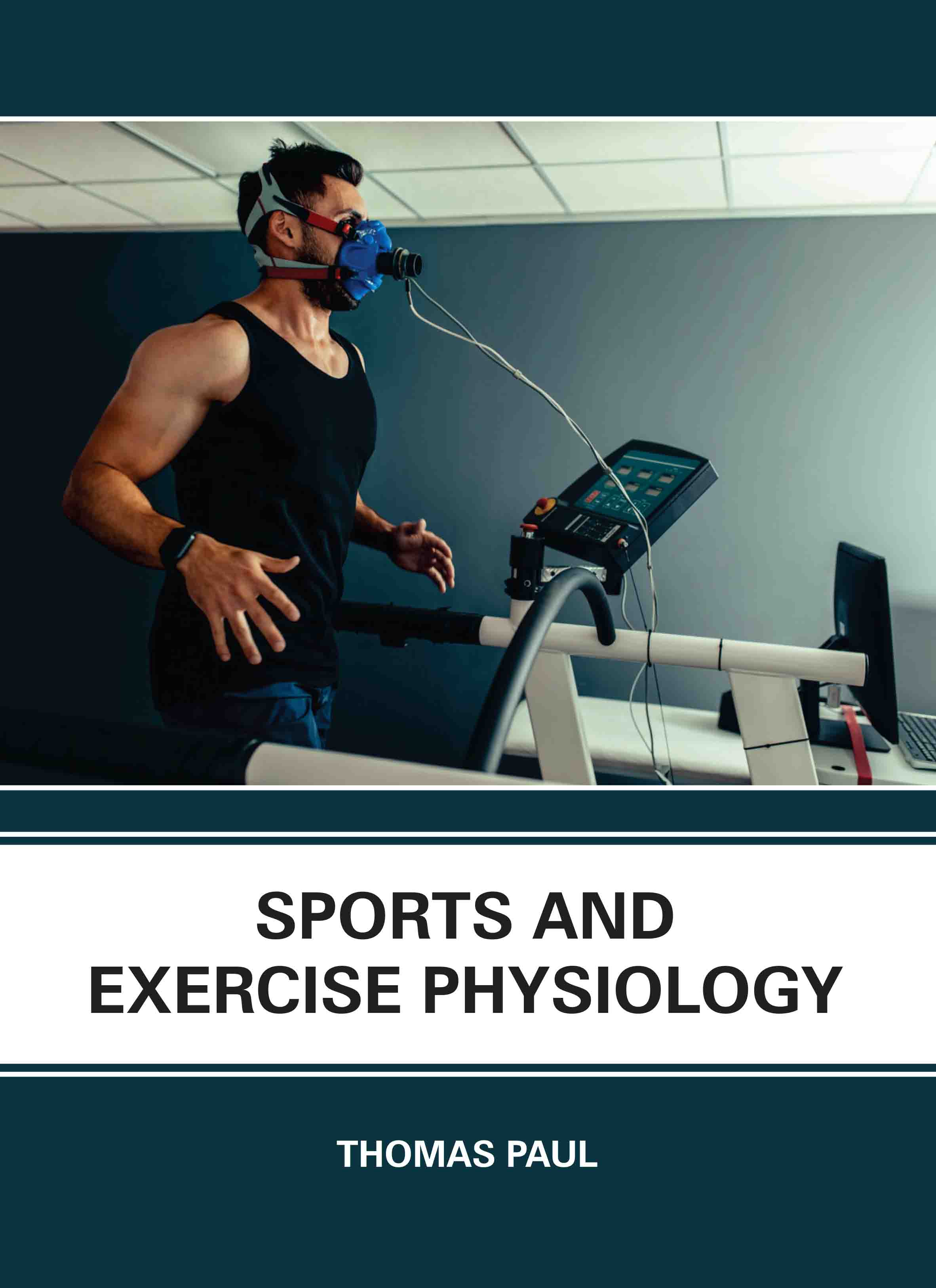
Sports and Exercise Physiology
by Thomas Paul
| ISBN | 9781835353172 |
|---|---|
| Publisher | EDTECH PRESS |
| Copyright Year | 2025 |
| Price | £160.00 |

by Thomas Paul
| ISBN | 9781835353172 |
|---|---|
| Publisher | EDTECH PRESS |
| Copyright Year | 2025 |
| Price | £160.00 |
The physiology of physical exercise is known as exercise physiology. It is the investigation of both short-term and long-term adaptations to a variety of exercise circumstances. Exercise physiologists research how exercise affects pathology as well as the mechanisms that slow or stop the progression of disease. The study of the mechanical, physical, and biochemical processes that occur in healthy human tissues or organs is known as human physiology. The organ and system level is where physiology primarily focuses its attention. Most parts of human physiology are quite similar to equivalent components of animal physiology, and a large portion of the physiological knowledge base was built on animal experiments. Since human physiology is one of the foundational fields of medical study, it is frequently used in clinical practise. Supporting the body is bone's most obvious purpose. Additionally, the production of blood cells, known as haematopoiesis, occurs in the bone marrow, which is why the disease of bone marrow malignancy is frequently fatal. Additionally, protecting essential organs requires it. Skeletal muscles, which are connected to the bones via tendons, are what allow vertebrates to move. The book is written in straightforward, everyday English with consideration for the students of physical education and sports and their level of language proficiency.